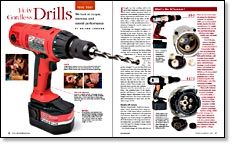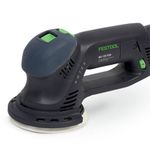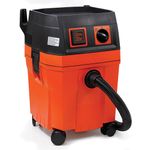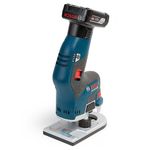All About Drill-Drivers

Electric drills with power cords have gradually morphed into cordless tools that are used as much for driving screws as they are for boring holes. More powerful battery packs and better chargers have helped manufacturers offer drill-drivers with more torque and longer run times than the tools of a few years ago. There is still a niche for corded drill-drivers — high-torque jobs that take some time to complete — but the market is increasingly dominated by cordless models.
What Counts:
• Capacity of chuck
• Amp-hour and voltage ratings of batteries
• Overall ergonomics of tool, including size, weight and maneuverability
• Number of torque settings
Choose a size based on the job
Smaller drill-drivers, those with 7.2-volt and 9.6-volt batteries, are perfect for light-duty work but not nearly robust enough to power big-diameter drills or wind in heavy screws. A good-quality 9.6-volt drill-driver is available for a little more than $100. Drill-drivers with 12-volt and 14.4-volt batteries are better general-purpose tools that can drill larger-diameter holes in wood and steel and drive many wood screws before recharging. There is a trade-off in both weight and size, and a proportional rise in cost. For really heavy-duty work — such as using a hole saw or driving a number of heavy construction screws — an 18-volt or even 24-volt drill might be the best choice. These tools deliver wrist-twisting torque, but they are significantly heavier and that much more expensive than mid-range tools.
A variety of battery technologies
Battery packs for cordless drill-drivers are made of 1.2-volt cells: the more cells packed into the battery, the more power the tool delivers and the longer the tool can typically run before recharging. Bigger batteries, however, mean heavier, larger tools that are not as easy to maneuver in tight spaces. They also cost more, and batteries are more expensive to replace.
Batteries are rated by the number of amp-hours they deliver, sometimes listed as ““Ah” on the side of the battery. For a relative idea of how long a tool will run, multiply the amp-hour rating of the battery by its voltage to get watt-hours: the higher the number, the longer the tool should run.
Most manufacturers use nickel-cadmium batteries (usually referred to as NiCd, or ni-cads); a few have switched to nickel-metal hydride cells (Ni-MH). Ni-MH batteries are more expensive and more sensitive to cold weather, but they also have higher potential power ratings — up to 3.5 Ah. NiCd batteries need less sophisticated battery chargers and operate at lower temperatures but also have a maximum power rating of 2.4 Ah. NiCd batteries also contain hazardous waste; Ni-MH batteries do not.
Keep the cord
Corded drills are not quite as convenient, but they will work all day long without resting and they are often less expensive than comparable cordless drill-drivers. Corded drills come with 1/4-in., 3/8-in. or 1/2-in. chucks. Drills with a small chuck are lighter, but also limited in what they can do. A drill with a 3/8-in. or 1/2-in. capacity chuck is probably a better all-around choice. Reversible variable-speed switches, keyless chucks, and detachable power cords all are features to look for.
Fine Woodworking Recommended Products

Festool Rotex FEQ-Plus Random Orbital Sander

Fein Turbo II HEPA Wet/Dry Dust Extractor

Bosch 12V Trim Router























Log in or create an account to post a comment.
Sign up Log in